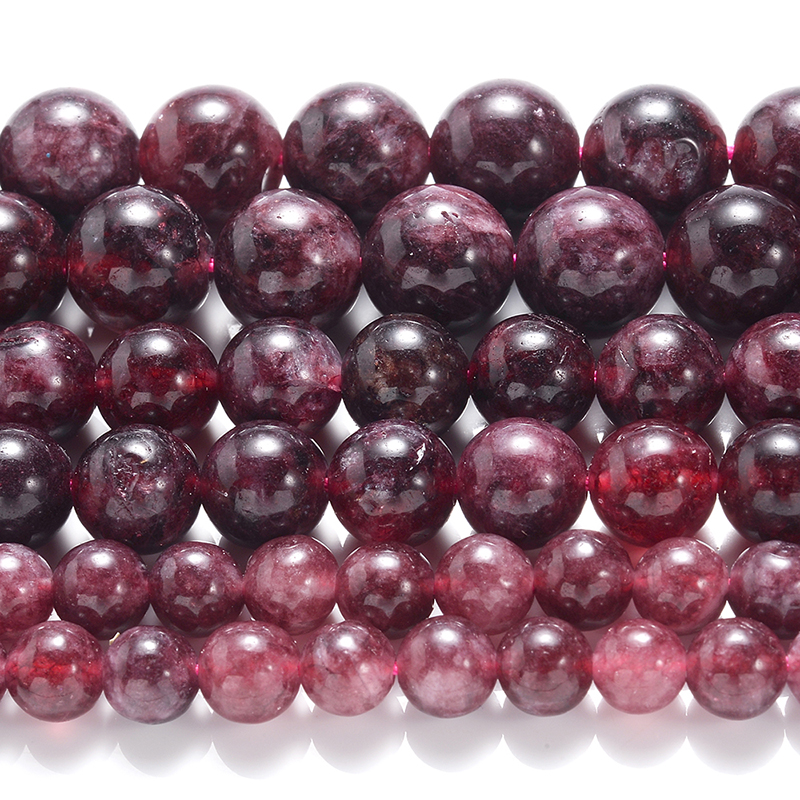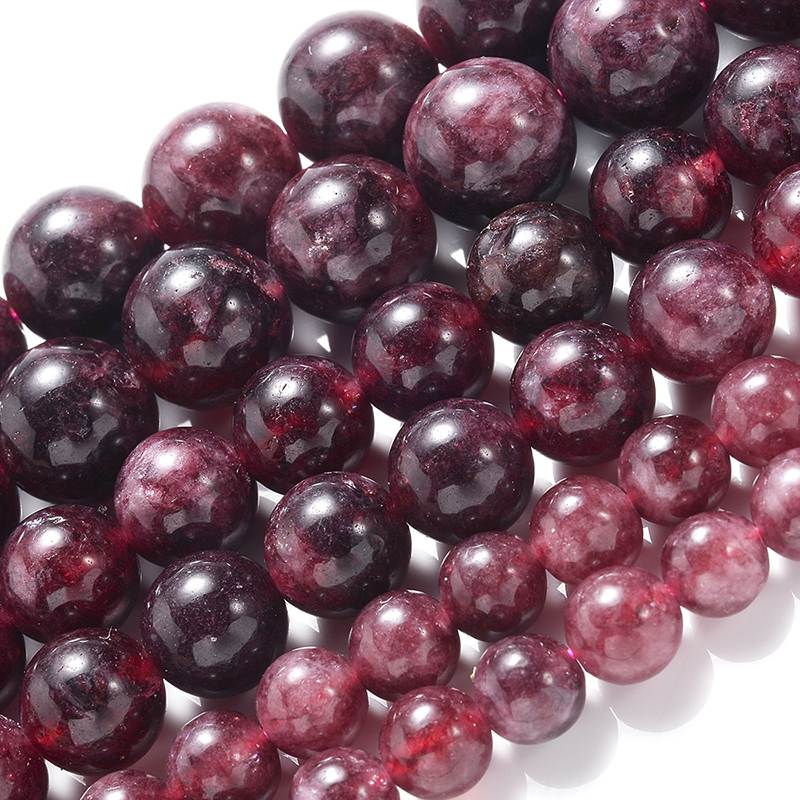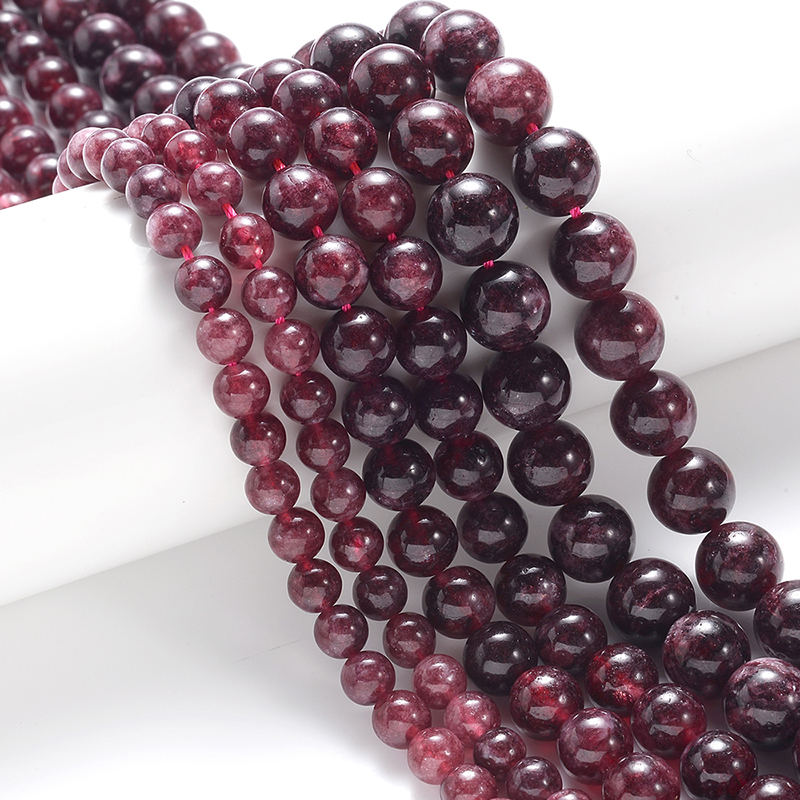Many gemstones have some special common names, but country-named gems like spessartine garnet are even more unique, and what the market calls “Hollandite” is Spessartite Garnet.
The name of Spessartite is named after Spessart in Bavaria, Germany. In addition to being commonly known as “Hollandite garnet,” it is also known as “Mandarin Garnet.”
Because manganese replaces iron, the gem’s body color must be orange, and irregular liquid inclusions or two-phase inclusions are often found under magnification.
Whether it is Hollandite garnet or Mandarin Garnet, Spessartine garnet is described by its color.

Historical Story of Spessartite Garnet
In the 16th century, the European William Van Oranje (“Oranje” in Dutch is “Orange” in English) was the leader of the Dutch independence movement.
In order to commemorate him, people put orange into the Dutch flag, making it orange, white and blue. Although the national flag of the Netherlands was officially changed to red, white and blue after 1937, the Dutch still like to wear orange clothes and hold orange flags to indicate that they present the Netherlands.
The English word “Mandarin Garnet” is taken from “Mandarin Orange” (Chinese orange), which describes the feeling of a yellow-orange like an orange.
In addition, in the market, people like to call Spessartite Garnet “Fanta Stone” because it is very similar to Fanta soda.
Basic Properties of Spessartite Garnet
Composition: The chemical composition is Mn3Al3 [SiO4] 3, but it is mainly replaced by iron and a small amount of magnesium.
Crystal structure: equiaxed crystal system. a0=11.621 .Z=8. Spectral lines of main powders: 2.603 (100), 1.610 (90), 1.553 (100), 1.079 (90), 0.8666 (90).
Morphology: The single crystal is a rhombic dodecahedron and tetragonal trioctahedron, with large particle sizes and developed crystal plane stripes.
Inclusion: Contain wavy, feathery gas-liquid or liquid inclusions, which are composed of liquid droplets and have been described as “shredded.”
Physical property:
Color: The colors of Spessartite Garnet are red, orange-red, brown-red, rose-red, light-rose, yellow, orange-yellow, brown, yellow-brown, light red-brown, light brown-black, etc. Among them, orange-red, orange-yellow and other colors are the most beautiful, while some are orange or orange-brown. With Glass luster, some with diamond luster, transparent to translucent.
Absorption spectrum: there is a very strong absorption band at 432nm in the purple region, which can be distinguished from other garnet gemstones. In addition, there are two strong absorption bands on the short wave side of the spectrum and three weak absorption bands in the blue and blue-green regions. Colorless under transmitted light, or light red, grayish brown, sometimes with bands.
The refractive index is 1.790 ~ 1.815, generally 1.810. No cleavage. Homogeneous body, totally extinction, but sometimes weak heterogeneity can be seen.
Dispersion 0.027. Hardness 7~7.5, density 4.12~4.19 g/cm3, generally 4.15 g/cm.

Where is Spessartite Garnet from?
Spessartite Garnet mainly occurs in pegmatite, granite, and manganese ore deposit, followed by crystalline schist, quartzite, and other rocks.
The countries producing gem-grade Spessartite Garnet in the world include Brazil, Madagascar, the United States, the former Soviet Union, Sweden, Myanmar, Sri Lanka, Kenya, Namibia, etc.
For example, there are 109 carats of red Spessartite Garnet produced in Brazil and rare golden yellow Spessartite Garnet produced in Madagascar. High-quality red and red-orange Spessartite Garnets are produced in Aminia, Virginia, and San Diego, California.
Brown-red Almandine Garnet or Spessartite Garnet is produced in Clearwater County, Idaho.
Spessartite Garnet or its mineralization has been found in Xinjiang, Tibet, Jiangsu, Guangdong, Henan, Gansu, and other places in China.
Spessartite Garnet in Xinjiang occurs in granite pegmatites, some of which are gem grade. For example, Altay found a 1379-carat orange-red Spessartite Garnet crystal, which is now in the Chinese Geological Museum.
Spessartite Garnet value
Spessartite Garnet is not cheap. Because of its good fire, it is a rare kind of orange gemstone. The weight is usually about 1~20 carats, and it is very difficult to exceed 10 carats. Generally, 1 carat of 1~5 carats costs 20~100USD);
For the weight of 5~10 carats, the price of 1 carat is 100~150 USD;
For those with more than 10 carats, the price of 1 carat is about 200 to 300 USD.
How to Identify Spessartite Garnet
The main difference between Spessartite Garnet and other garnet gemstones is their chemical compositions and also their differences in physical properties, arts and crafts characteristics.
For example, pyrope Garnet and almandine are easy to mix with Spessartite Garnet.
Other gemstones similar to Spessartite Garnet include citrine, fire opal, yellow zircon, chondrodite, yellow tourmaline, etc. In addition to the essential or obvious differences in material composition, crystal structure, morphology, natural patterns, etc., they can also be identified according to their respective physical properties, arts and crafts performance and other major differences.
Citrine belongs to the trigonal system, with heterogeneity, and its density and refractive index are lower than those of Spessartite Garnet.
Fire Opal has glandular opalescence and is translucent, the density is 1.98-2.2 g/cm, and the refractive index is 1.44-1.46.
Yellow zircon belongs to the tetragonal crystal system, which is also heterogeneous and polychromatic. Its density and refractive index are higher than those of Spessartite Garnet.
Its birefringence index is 0.059, its dispersion is 0.038, and it has a 635.5nm absorption line. Its faceted edges have double shadows, and its “fire” is strong.
Chondrodite belongs to the orthorhombic system, with heterogeneity and polychrome, a refractive index of 1.622~1.657, a birefringence of 0.032, biaxial crystal, positive optical, hardness of 6~6.5, a density of 3.20~3.32g/cm.
Yellow tourmaline belongs to the trigonal system, with heterogeneity and obvious dichroism. Its refractive index and density are lower than those of Spessartite Garnet. It can generate thermoelectricity during friction, etc.
On this basis, the Spessartite Garnet can be easily distinguished from these gemstones.

Conclusion:
Spessartite is named after its first discovery place in the Spessart region of Germany. Spessartite Garnet is one of the important varieties of garnet gemstones.
The color ranges from yellow-orange to orange-red. Spessartite Garnet with a little pyrope garnet is also called Hollandite stone, which was found in Africa by early Dutch explorers and dedicated to the royal family. The difference between Spessartite Garnet and orange-yellow topaz is quite difficult to distinguish, so it needs to be identified by instruments.
Spessartite Garnet is widely produced in Brazil, Sri Lanka, Australia, Myanmar, India, Israel, Madagascar, and the United States.
